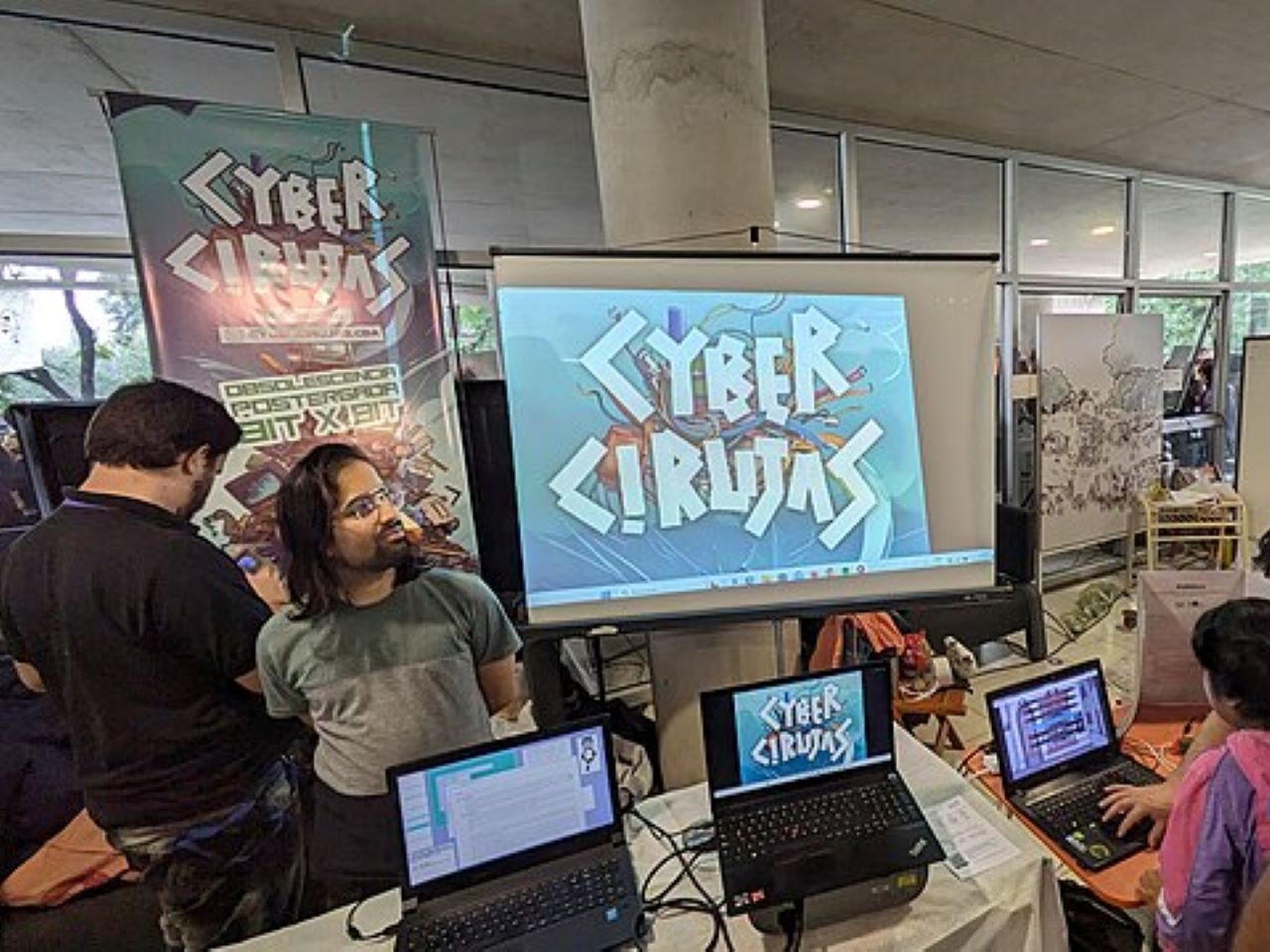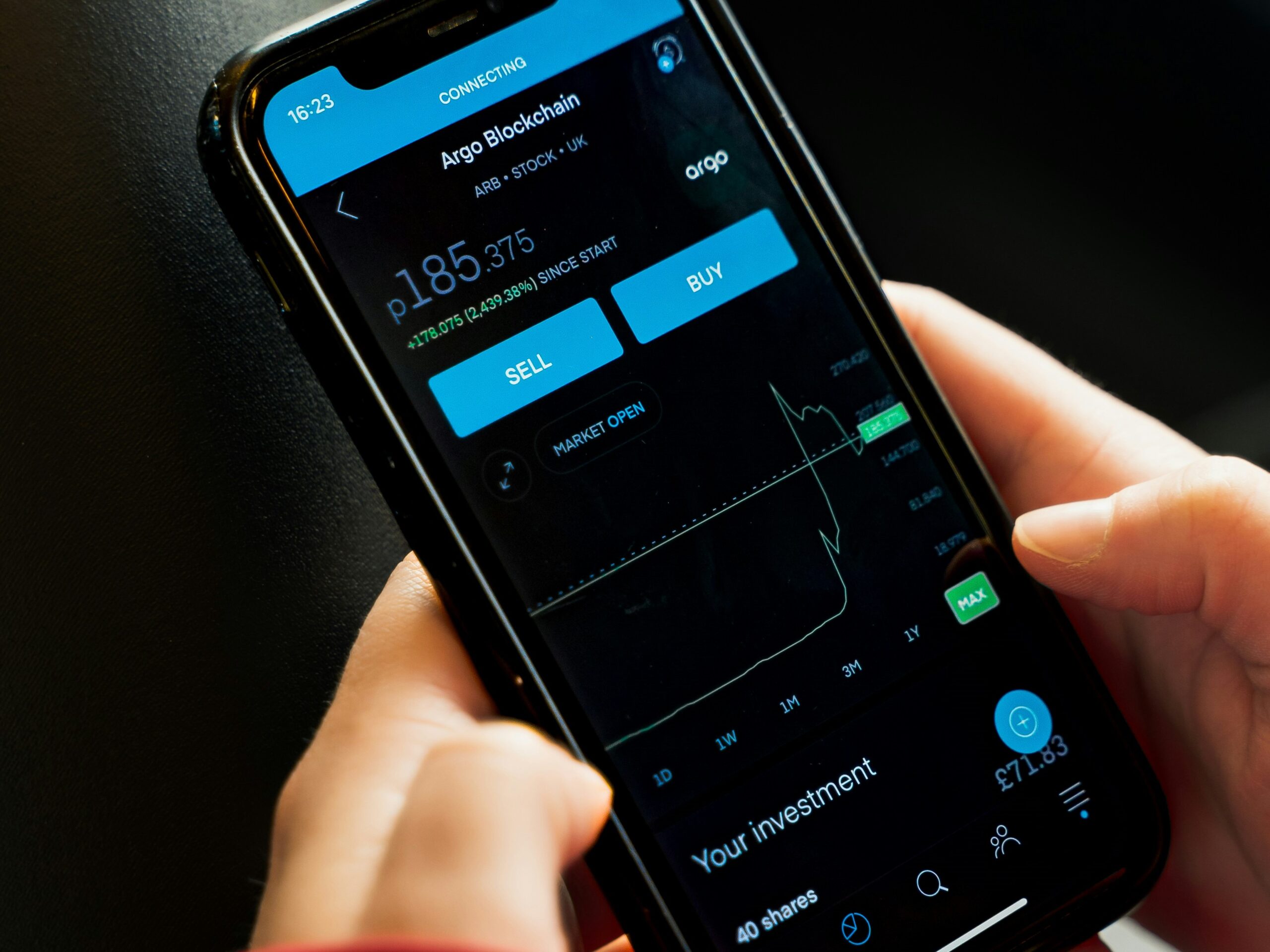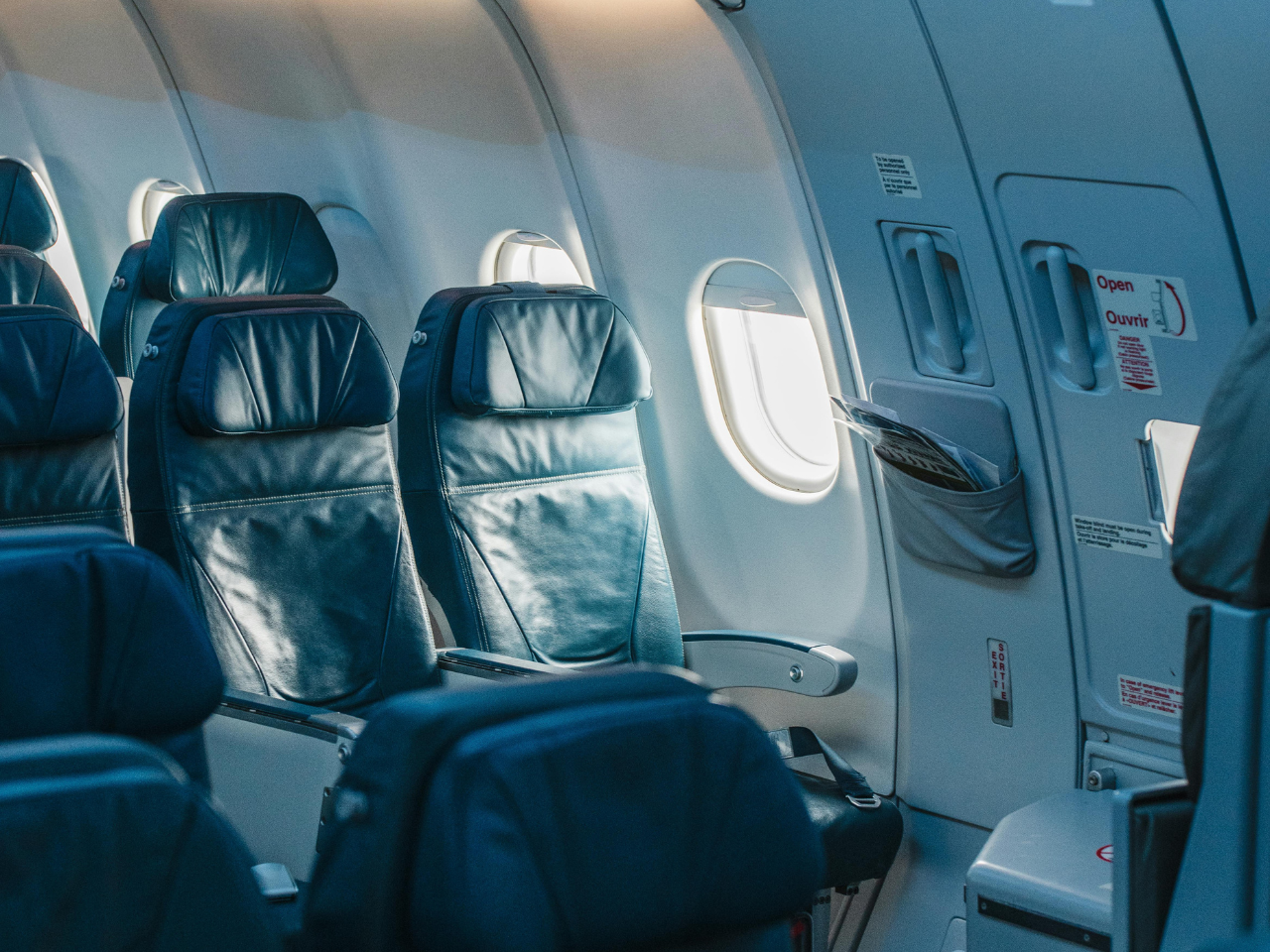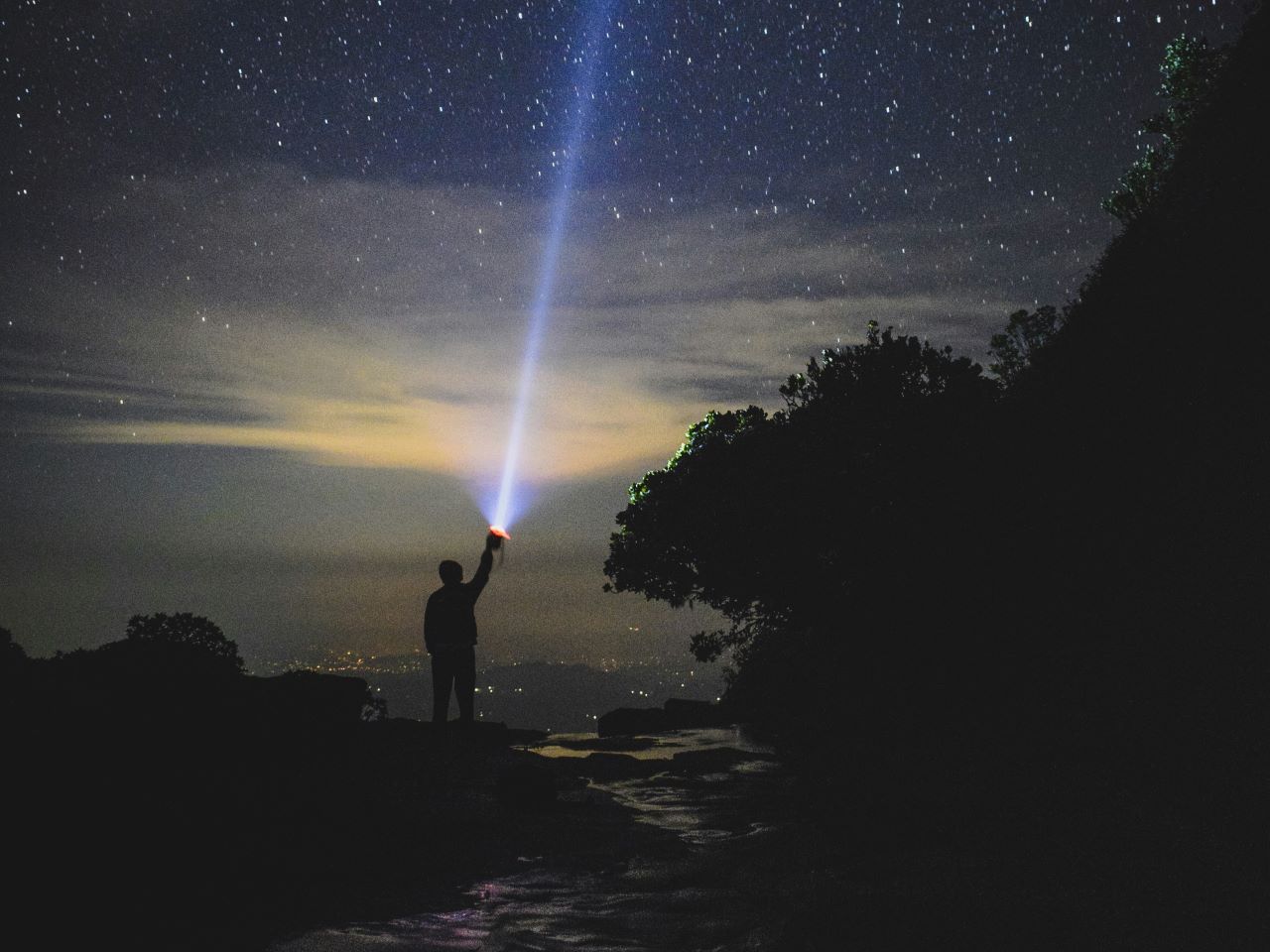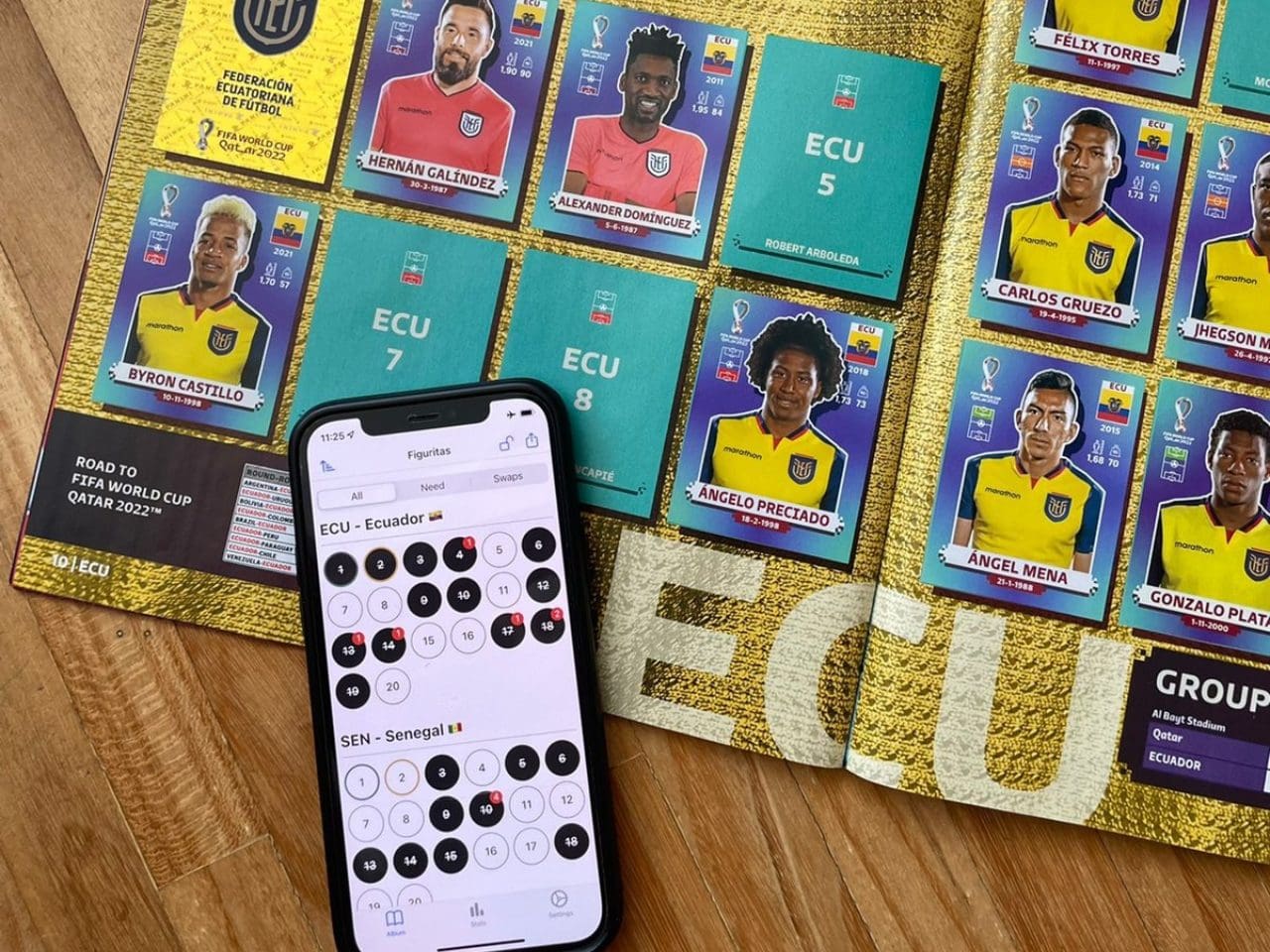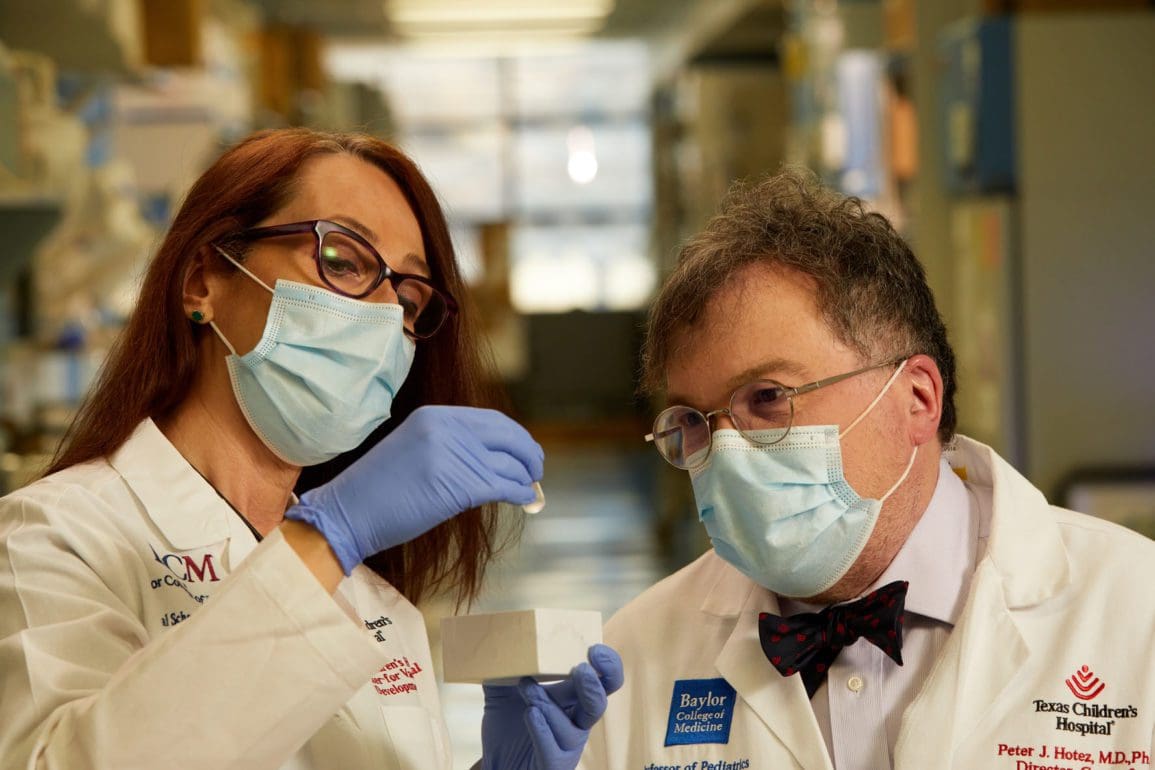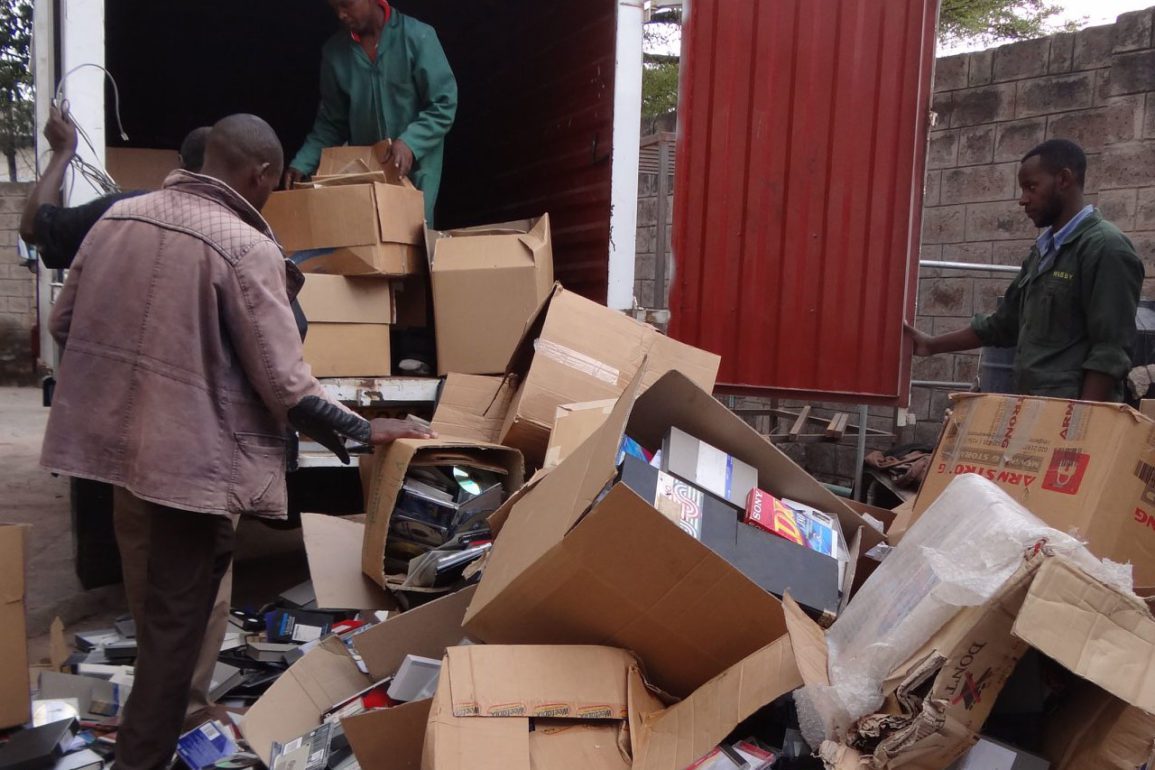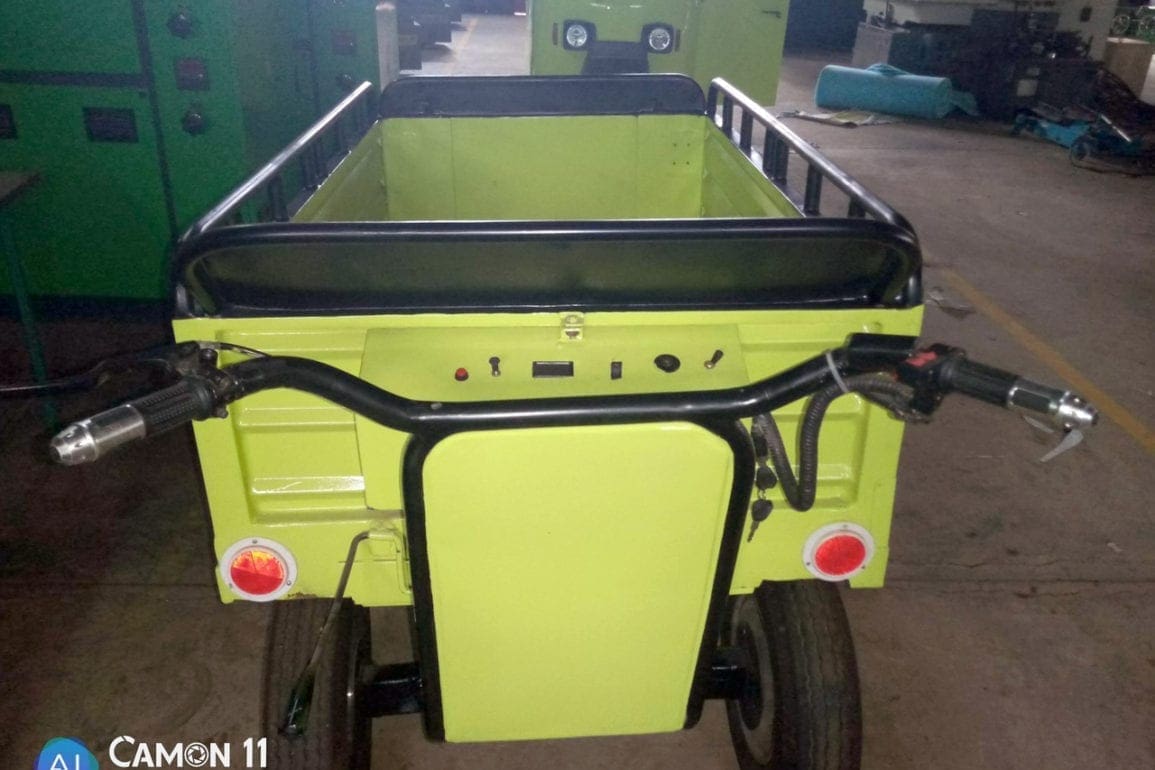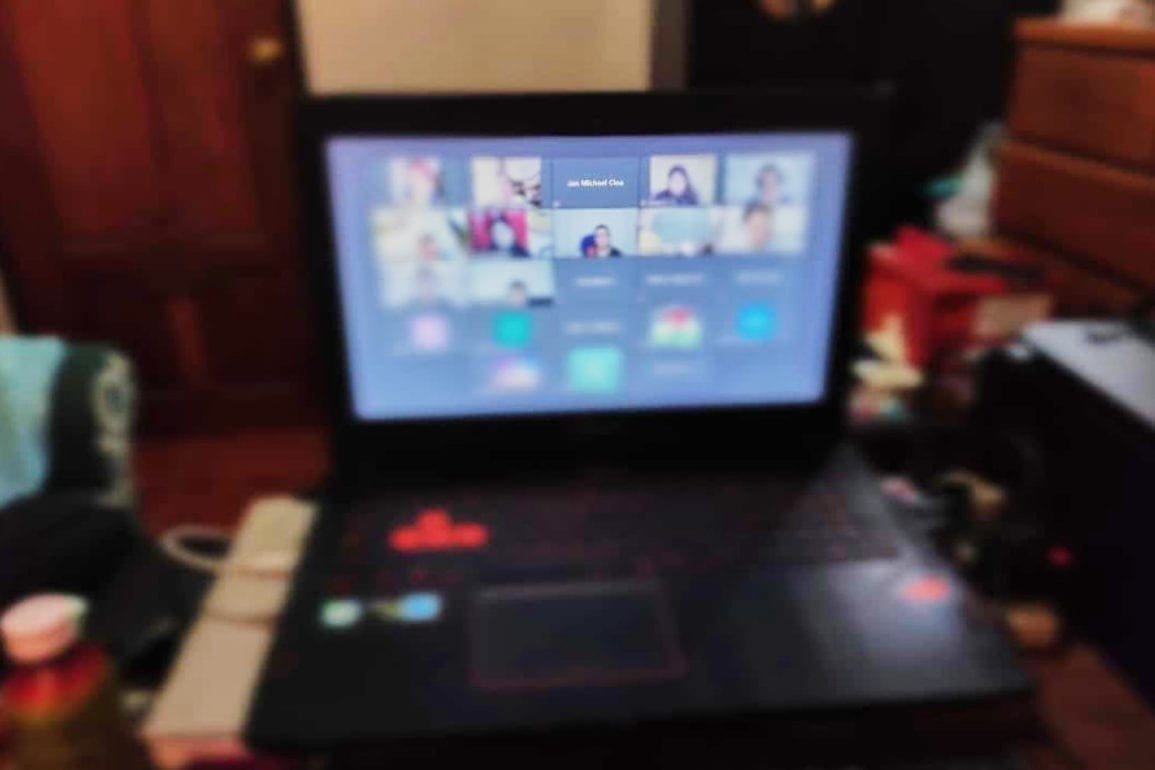Scientific breakthrough: team recovers RNA from Tasmanian tiger, a step toward resurrecting an extinct species
The sample looked transparent like water and with several tests, we confirmed we extracted the RNA for an extinct Tasmanian tiger. My joy knew no bounds. Unbelievably ecstatic, I jumped in the air, screaming.
- 2 years ago
December 15, 2023

STOCKHOLM, Sweden ꟷ For the first time in history, a team in Sweden recovered RNA from an extinct animal, achieving the unthinkable. [RNA or ribonucleic acid remains present in all living cells. It acts as a messenger, carrying instructions from DNA, and housing genetic information.] Many experiments exist to work with the remains of animals preserved in permafrost or with skins of canines, for example. However, recovering RNA from a Tasmanian tiger – especially because RNA decomposes faster – is a profound scientific breakthrough.
Recovering RNA makes it possible to resurrect a species. [The last living Tasmanian tiger died in captivity in a zoo in 1936.] The tiger’s natural habitat still exists in Australia and we hope to introduce it there. The prospect of bringing it back to life and reintroducing it to its original ecosystem brings our team great joy. This feat will require the mastery of the mammalian genome (DNA), and an understanding of gene expression and regulation (RNA). With proof of concept, we feel inspired to recover RNA from animals which have been extinct much longer, like the wooly mammoth.
Read more Science & Technology stories at Orato World Media.
Collecting the fragile RNA samples from an extinct Tasmanian tiger
The process began by researching the best place to obtain a sample of the extinct animal. We settled on the Swedish Museum of Natural History in Stockholm. With a collection of three Tasmanian tigers, one of them proved perfect for sample extraction. To the ordinary eye, it appeared we were simply collecting skin, muscle, and bones, but to us it meant so much more. As we embarked on this adventure, I felt intense joy, mixed with fear.
Knowing the possibilities, I worked hard to eliminate all doubts. We had the task of collecting the best sample without making any mistakes. Feeling motivated, we went into the research lab to extract the RNA from the tissues – a very meticulous process. RNA remains extremely fragile and can quickly degrade or disappear if unprotected. Among other factors, the right temperature remains key. The process requires extreme cold.
When the time came, I felt incredibly tense but stayed focused and attentive. My mind became like a radar, quickly downloading and applying every piece of information at hand. Once I obtained the sample, I took it to a machine for measurement. Right then and there, I knew we had something important, but needed confirmation that the sample was RNA.
Studying millions of data points
The sample looked transparent like water and with several tests, we confirmed we extracted the RNA for an extinct Tasmanian tiger. My joy knew no bounds. Unbelievably ecstatic, I jumped in the air, screaming. It felt like winning a race. After months of hard work and uncertainty, the team birthed a historic discovery.
The full process took about three months and came to an end when we looked at the sample on screen. We had a significant percentage of RNA. Proudly looking at each member of the team, we realized we had something to justify the time spent on the project. After the manual laboratory work ended, we began the job of inputting data into a computer. This marked the start of another chapter.
The team remains hopeful the data will return a file full of information and millions of sequences or readings from the sample. Studying and interpreting the data remains a waiting game as we hope the RNA aligns with the genome or DNA of the Tasmanian tiger. Observing new information feels like scientific magic and the new sequences stir joy deep down in the soul. I imagine it feels like climbing Mount Everest. Despite the rugged terrain and uncertainty, the climb continues. You push past the sight of fallen climbers, refusing to let it cloud the mind. Excitement comes from reaching the summit. Though the task has been arduous, we did it! Our hard work paid off. What more can I ask for?
The science behind RNA extraction in extinct species
RNA is like a window into cells and how they interact. It provides concrete information about metabolism in an animal’s biology, opening the door to a whole new scientific world. The DNA stores the genetic information of a living being. However, for each part to develop in a particular way, it must express itself separately from other organic tissues. This is where RNA comes into play.
The molecule remains responsible to decode the instructions installed in each cell and begin development toward what they will become. A transcript is the reading of RNA instructions, and a transcriptome is the collection of readings of genes present in the basic unit of the living being. To determine when and where genes were activated in a tissue, just before death, 130 years ago, we isolated the transcriptome.
To put RNA in simple terms, imagine if all the restaurants in a city had one giant recipe book – the DNA. Using that reference book, each restaurant prepares different dishes – the RNA. If we only focus on DNA, we can never detect the differences between the restaurants. Yet, RNA allows us to experience the unique food prepared by each restaurant. Reading the recipes reveals significant information, but without RNA, we miss out on critical details.
RNA allows for a magical journey into cells and tissues to find biology conserved for years. Scientists like me dedicate our lives to this work with an inner drive and curiosity to know something never before known. This flame in our hearts never goes out. Discovering the biology of the extinct Tasmanian tiger feels like possessing a treasure chest. Understanding the life of an extinct animal that once roamed the earth transports me to an ancient past and we hope to one day return this creature to life.





